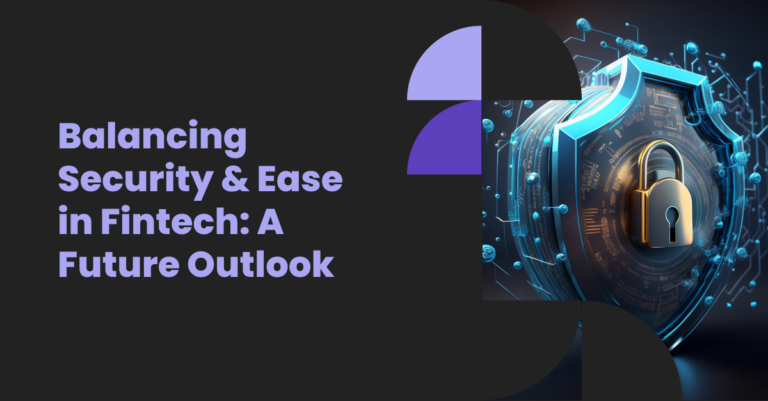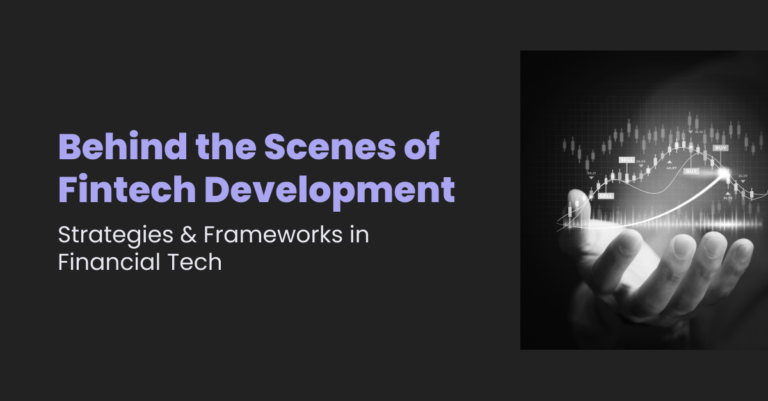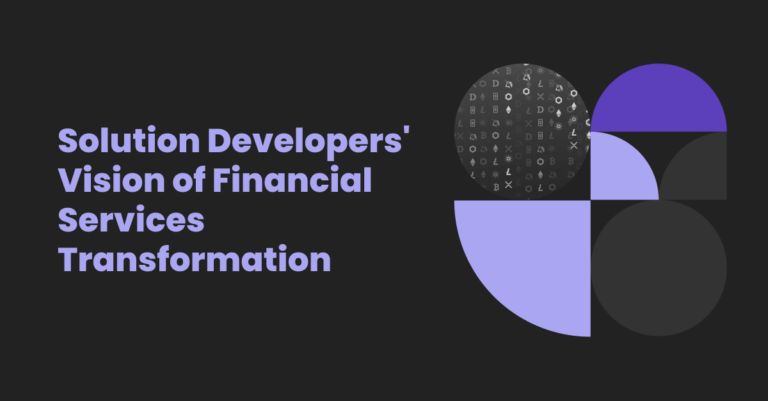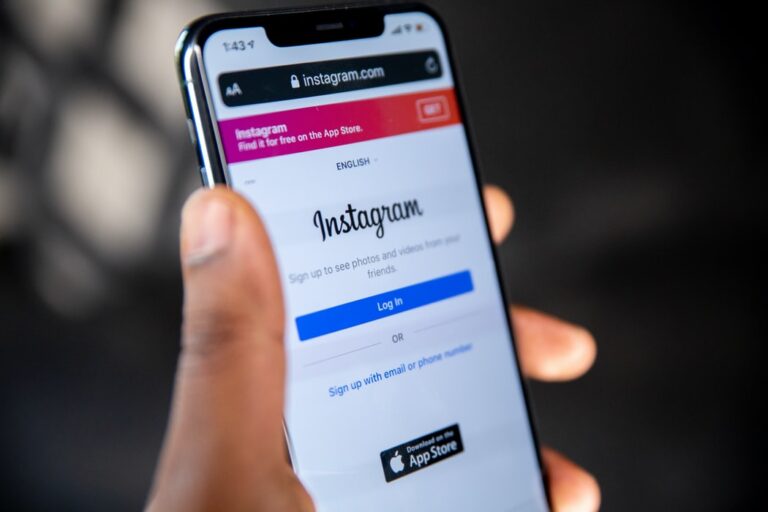There are 3.8 billion smartphones users worldwide, and 90% of the time spent on mobile devices is on applications. Just last year, 218 billion mobile application downloads were reported. What these statistics mean is that the mobile application economy has the kind of growth curve that’ll only go upward.
This is a pressing reason why businesses and tech professionals are racing to explore, understand, and incorporate the latest mobile applications trends in their work. We’ve featured some of the trendiest developments in the world of mobile applications and detailed why they are worth a spot on our list and your next application.
Trending Application Types
When it comes to the most engaging trends in mobile apps, the following types of applications have gained much popularity recently.
Mobile Wallets
Mobile commerce has been on the rise ever since its introduction – there’s hardly any doubt about this. The convenience that comes with being able to pay your bills, shop online instantly, and conduct financial transactions with a few simple taps from your mobile phone is unparalleled. But what’s taking this convenience and ease to an even higher level is the idea of mobile wallets.
A mobile wallet refers to a form of payment service whereby information is stored regarding your credit, debit, and rewards cards, along with coupons. The relevance and significance of this trend can be gauged by the fact that major players have entered this market – Apple Pay, Google Pay, and Samsung Pay, to name a few.

You’ll rarely find any list or discussion about the best mobile development trends without the mention of mobile wallets. At present, many mobile applications are using third-party payment services, which come with security threats and vulnerabilities. With mobile wallets, such risks can be largely mitigated since they are protected with multiple layers of security.
Financial transactions are estimated to grow by 121% in 2022; mobile wallets are a real trend, and it won’t stop.
On-Demand Applications
Regularly included on the lists of the hottest mobile development trends, on-demand applications are mobile-based applications through which users can get a range of products or services delivered to them.
The trend of on-demand apps encapsulates a very diverse range of domains and industries:
- Food delivery. Perhaps the most common of on-demand applications, get food delivered from an eatery;
- Medical assistance. Even doctors can be called to your home for consultations or treatments.
- House cleaning. Hire an individual or a group to clean your house;
- Beauty service. Makeup, manicures, pedicures, hair styling, and beauty treatments. You name it, and an application will be willing to provide the service at your preferred location;
- Laundry service. Get your clothes picked up from your place and dropped off after washing or dry cleaning;
- Cab-hailing service. Choose and book the ride with information about the driver and the ability to choose the type of car;
- Pet service. You’ll have someone to take care of your beloved pet while you’re away;

This trend is beyond significant in this age and time. We have all been witnesses to the massive collapse of businesses due to the outbreak of Covid-19 and subsequent lockdowns worldwide. However, this mobile development trend brought immense convenience to our lives when the Covid-19 pandemic began, making it extremely easy to order food or consult a doctor. This strongly indicates that on-demand applications have a successful future ahead.
To give you a better understanding of why this type of application has been featured on this list, consider the following statistic. There were 62 million downloads of business applications in 2020 when Covid-19 hit, more than a 90% increase as compared to the average number in 2019.
Technological and Functionality Trends
Some trends in mobile apps are being followed by tech enthusiasts because of their cutting-edge automation and customization capabilities. Some of the most significant examples are detailed below.
Internet of Things (IoT)
The Internet of Things (IoT) is not a new technological concept by any means. Yet, it continues to amaze those in and out of the industry to this day. What’s so special about IoT, then?
IoT refers to a system of interconnected devices that can gather and transfer data over a network without any manual input or intervention. A major factor that keeps bringing IoT into the news, especially among mobile applications trends, is its sheer diversity. Any device that can be connected to the internet can be included in IoT. This technology has been integrated with mobile applications in the past as well, but today, examples of this integration are far more advanced and thrilling than what they used to be.
Let’s consider Alexa, Amazon’s virtual assistant. You can make Alexa play music of your choice, make to-do lists for you, offer real-time information regarding the weather or traffic, or even control smart devices in your house.

This is just one instance of the potential such apps trends possess. From transportation to health, home products to retail, a vast majority of industries can largely benefit from the integration of IoT in their mobile applications. That being said, the future of IoT goes far beyond this: we’re thinking of smart cities and AI-powered IoT.
As if all of this isn’t convincing enough, the market revenue of this trend is expected to be $1.6 trillion in 2025.
Enhanced Application Security
Any list of the latest app trends would be incomplete without discussing the intense focus on application security as of late. As technology is evolving and becoming more ubiquitous, so is cybercrime. Statistically speaking, more than half of all fraud originates from mobile devices, out of which 80% comes from mobile applications. This is why rapidly developing applications require the utmost level of security. Additionally, security is often considered among the top 3 digital technology trends in application development services today.
For instance, many applications now offer the feature to sign up or sign in using Gmail, Facebook, or Apple IDs. This way, the application does not require any personal information from the user. Such accounts come with a very high level of security of two-factor authentication, in some cases. Therefore, a consumer using your application would not be likely to fall prey to security risks, such as information breaches.

However, there is still a long way to go for such application trends. Many times, even tech giants have been unable to prevent cyberattacks and have publicly acknowledged the lapses in their security. In 2018, Google admitted to a potential Google+ data breach, and a year earlier, the popular cab-hailing app Uber confirmed that it had concealed a hack that compromised the data of 57 million users. This ever-present need for stronger security measures in mobile applications is why this particular trend is still as relevant as ever.
Artificial Intelligence
“Artificial intelligence is the new electricity,” claims Andrew Ng, the head of Google Brain and the chief scientist at Baidu. This statement holds much ground, as artificial intelligence is so widespread today and is only going to grow further. The global spending in this domain is estimated to be around $327.5 billion in 2021. In fact, researchers are also of the opinion that there is hardly any industry that won’t be transformed with artificial intelligence.
This is among those mobile development trends that can be implemented in a multitude of diverse ways. From simple machine learning algorithms to complex, deep learning models, artificial intelligence has so much to offer when it comes to mobile applications. Some common examples are given below, along with the names of a few applications that use them.
- Image recognition (Google Lens and Cam Find)
- Speech recognition (Google Assistant and Dragon Anywhere)
- Face detection (AppLock and Face DNA Test)
And artificial intelligence is not just the future; it is already revolutionizing our lives and our mobile applications. Remember the viral application FaceApp? This application took the user’s photo and generated a photo of what they would look like decades later or a few years younger. And all of this is possible with artificial intelligence.

And this is just the start – no one, not even the experts in the field, can confidently predict what the future of this breakthrough technology is or how it will continue to transform mobile app trends.
Creating a Mobile Application
You have several options for creating a mobile application, whether or not you are a developer. Furthermore, to add the most value to your application, make sure you incorporate at least one of the mobile development trends that are projected to grow even bigger in the future.
If you are a developer, begin by defining your goals and conducting market research. Next, create mockups and wireframes for your intended design. Complete all technical specifications and develop an MVP. Lastly, deploy and then promote your app, followed by regularly checking feedback and making improvements to your features accordingly.
If you do not have any technical background, you can hire a developer, use freelance services, or choose a highly professional and quality option such as a Custom Software Development service.
Importantly, do not forget to pay attention to product placement so that your application can gain an audience. Social media influencers are a good starting point, particularly if you’re low on budget.
Conclusion
The mobile app development industry witnesses rapid advancement and shifts; a trend that created massive hype a few years ago may not even be remotely relevant today. Couple this with the fact that consumers are increasingly turning to their mobile devices for a vast array of routine functions, leading to businesses devising ways to seamlessly offer their products and services on mobile applications. Therefore, knowing these trends are important, but it is equally important to revisit such lists regularly.
















